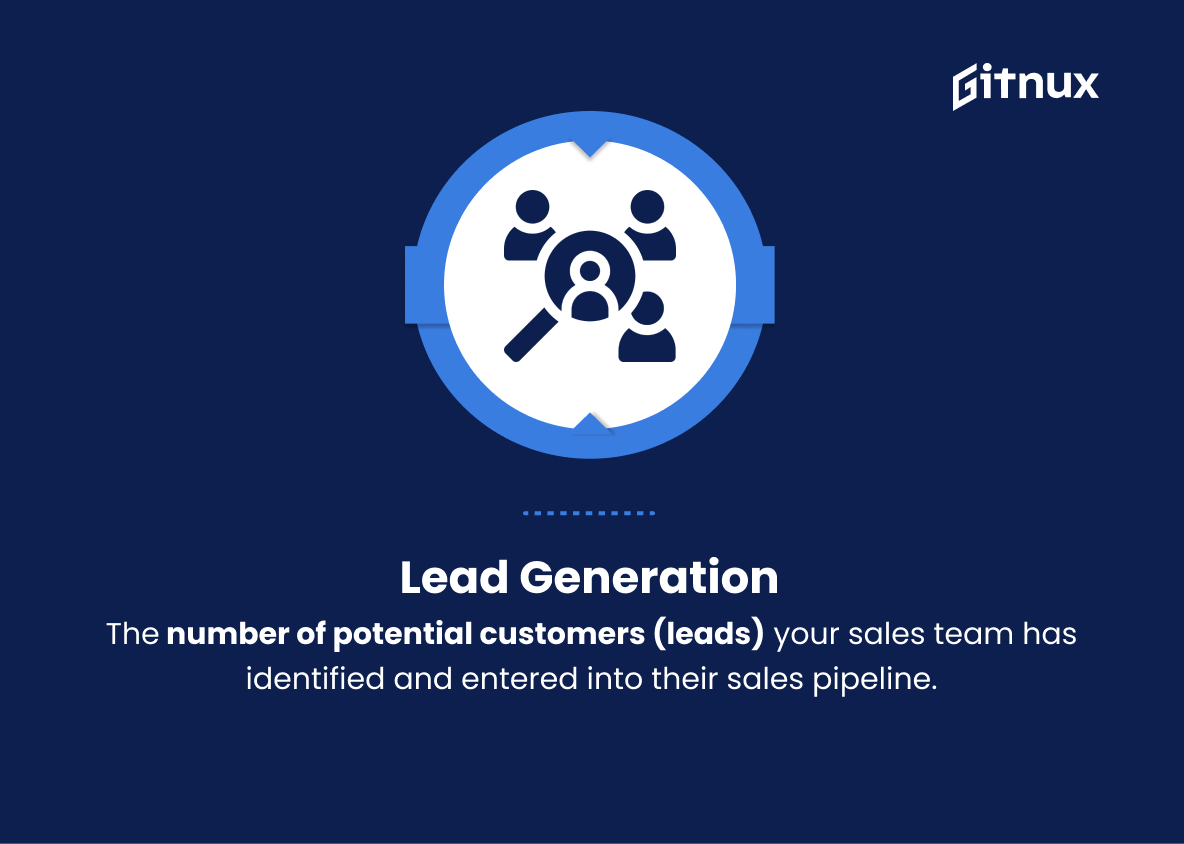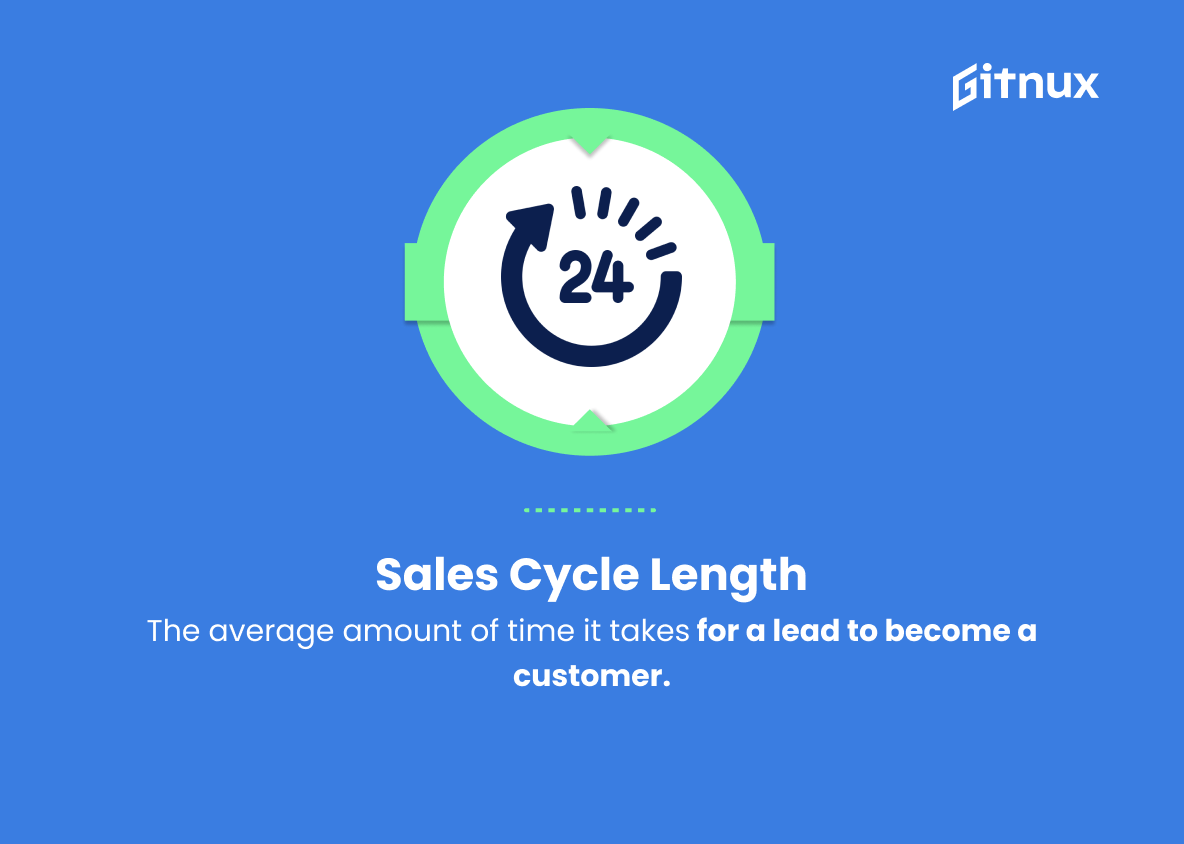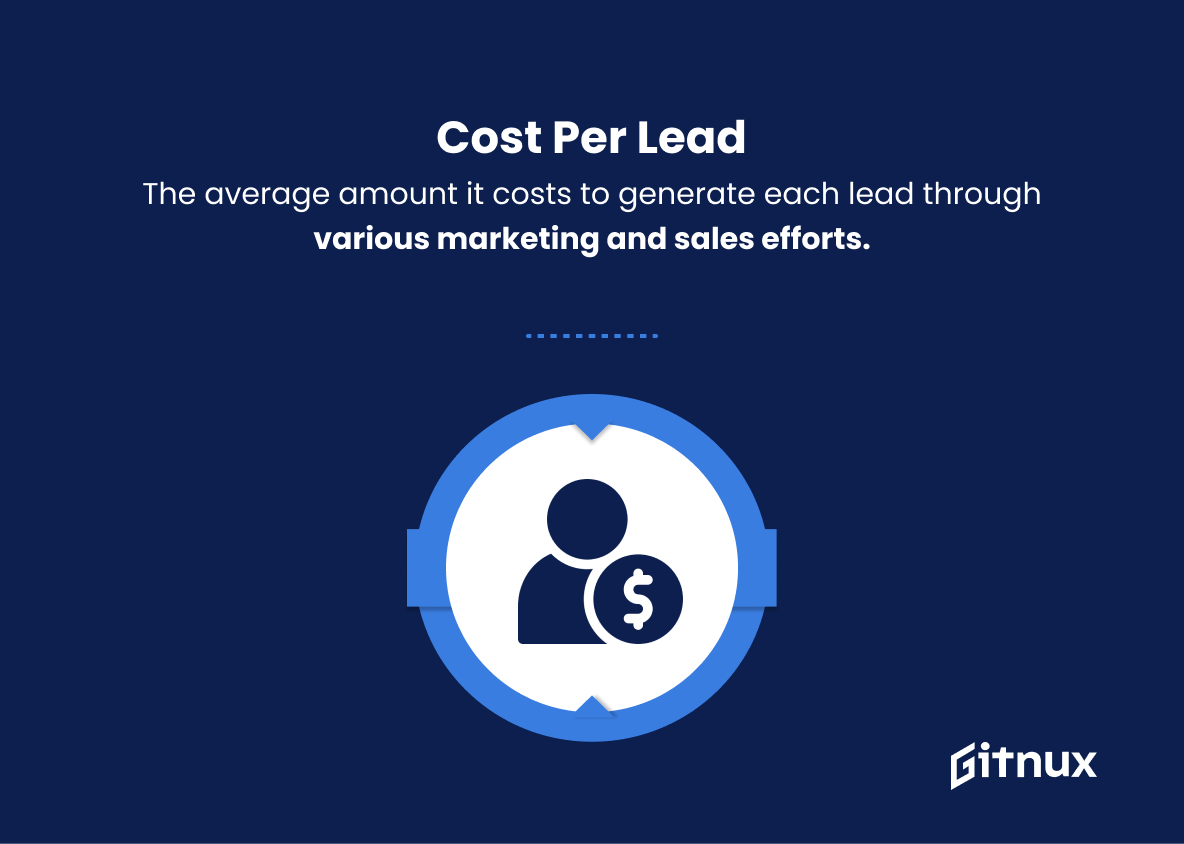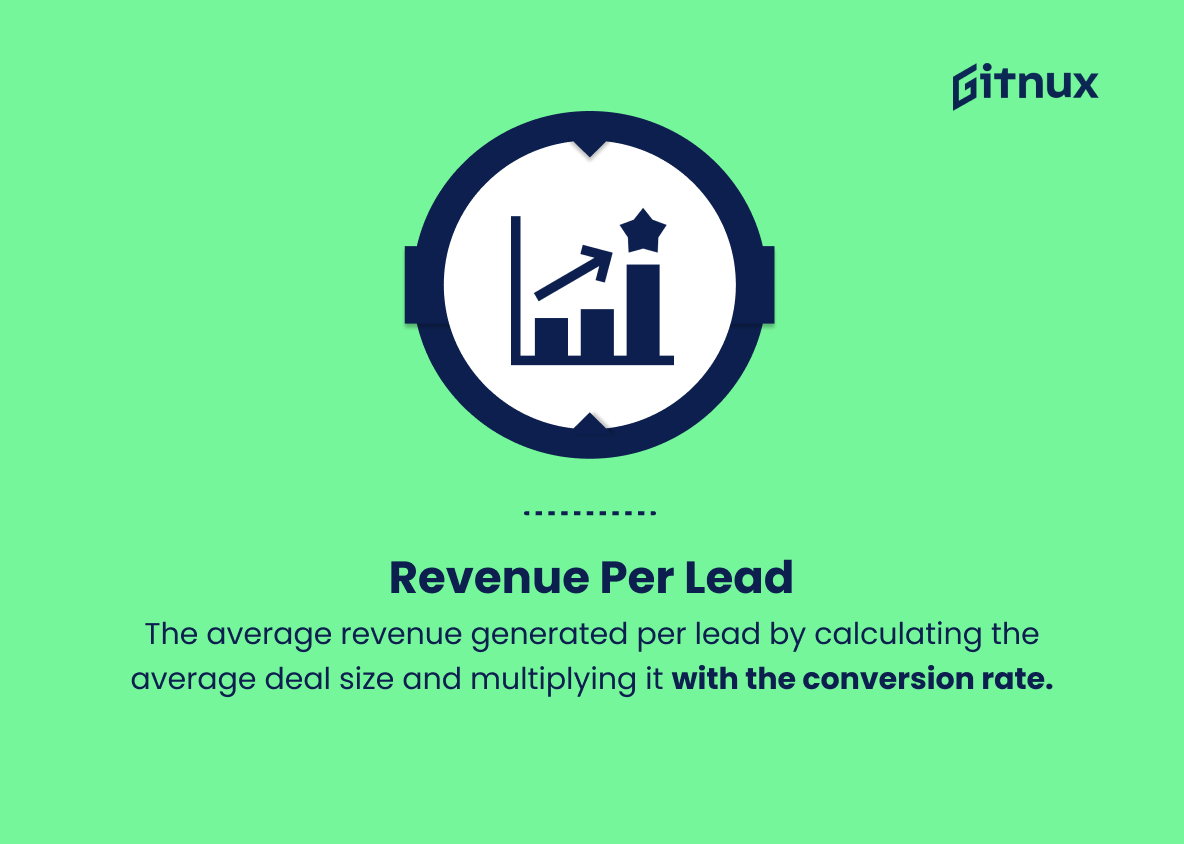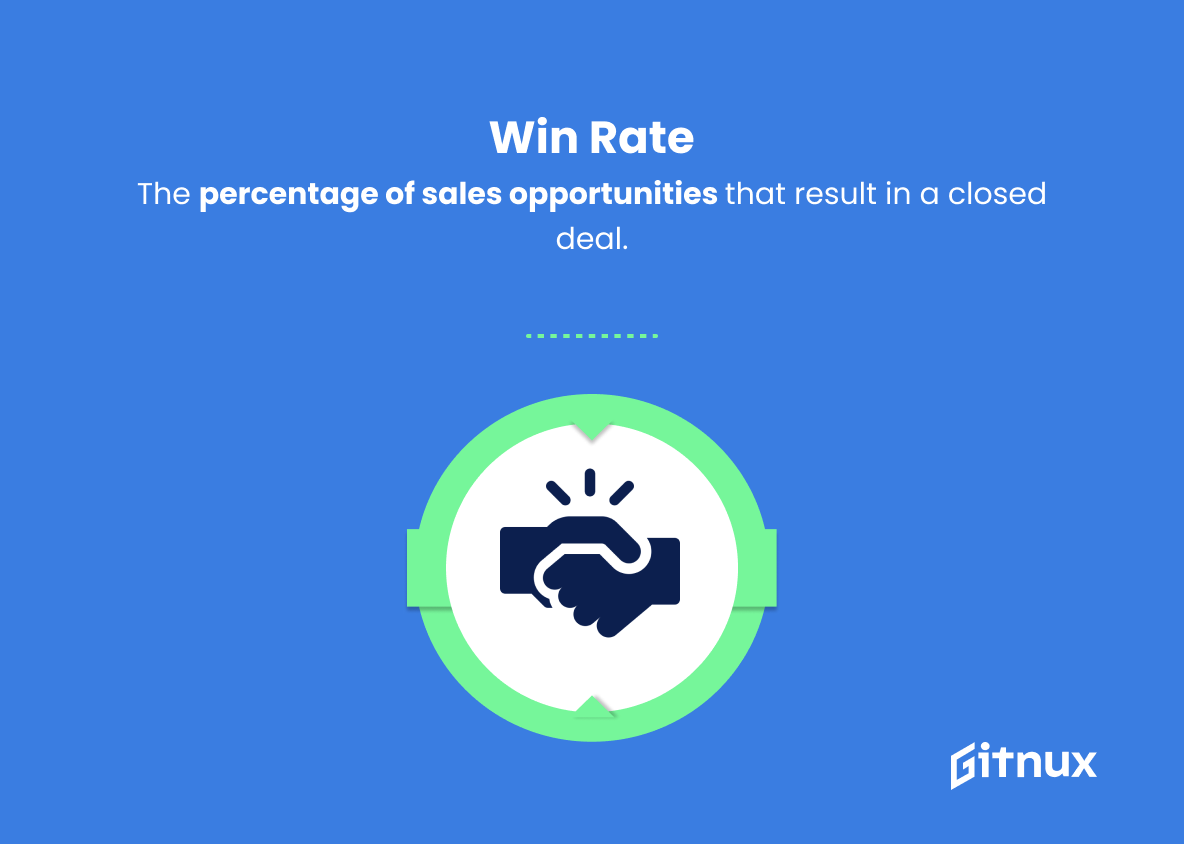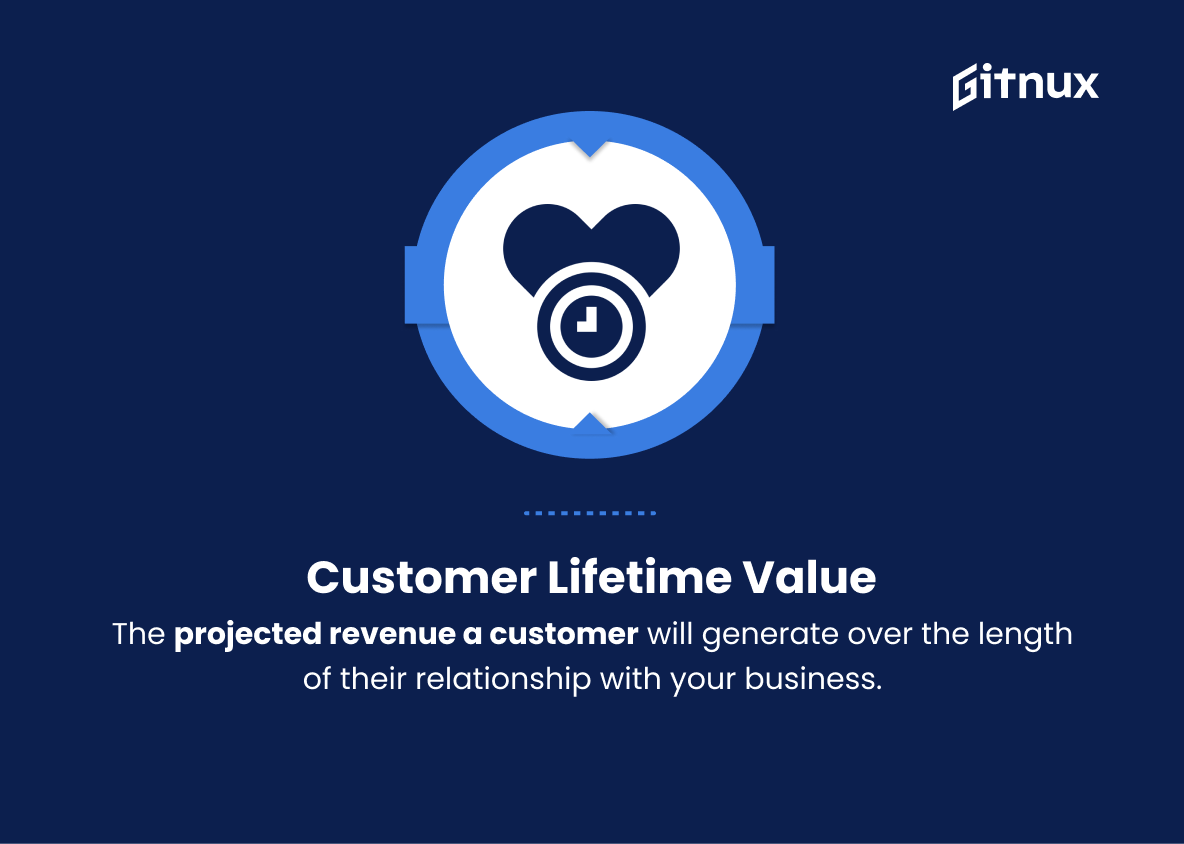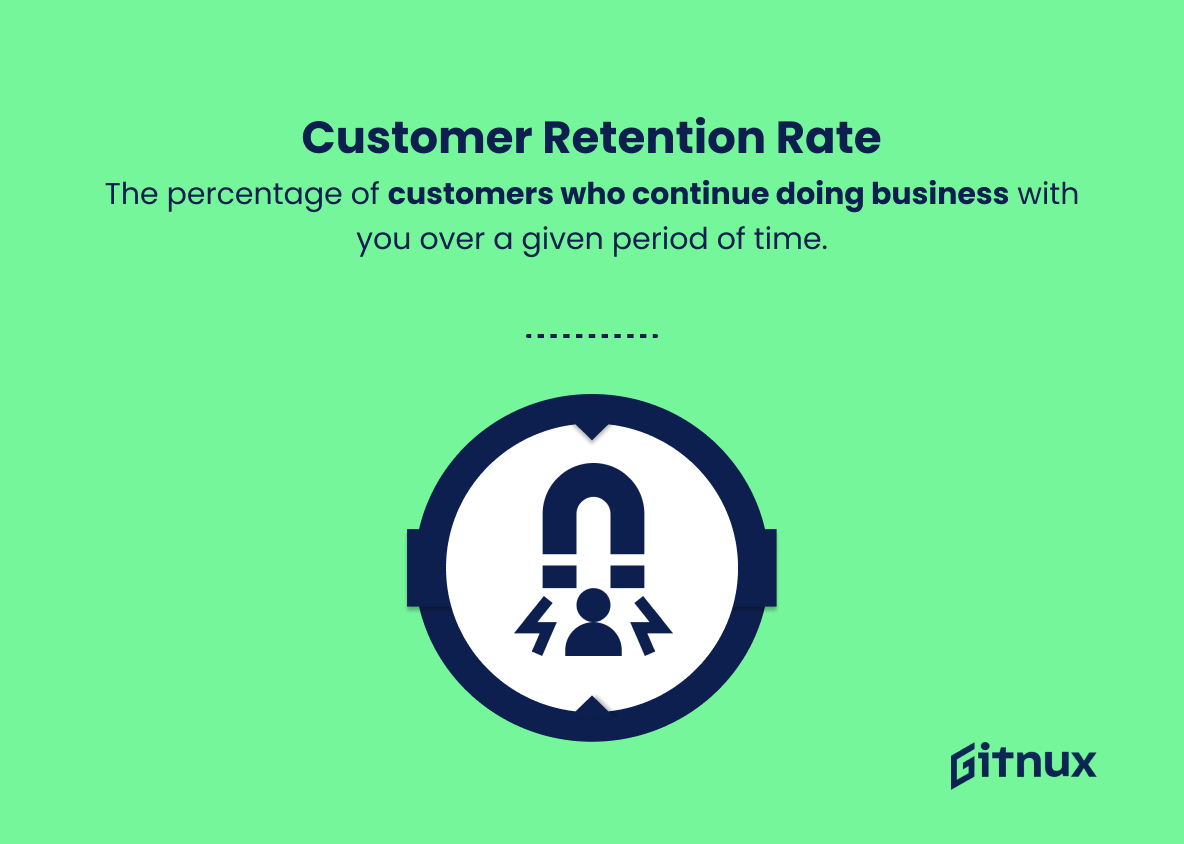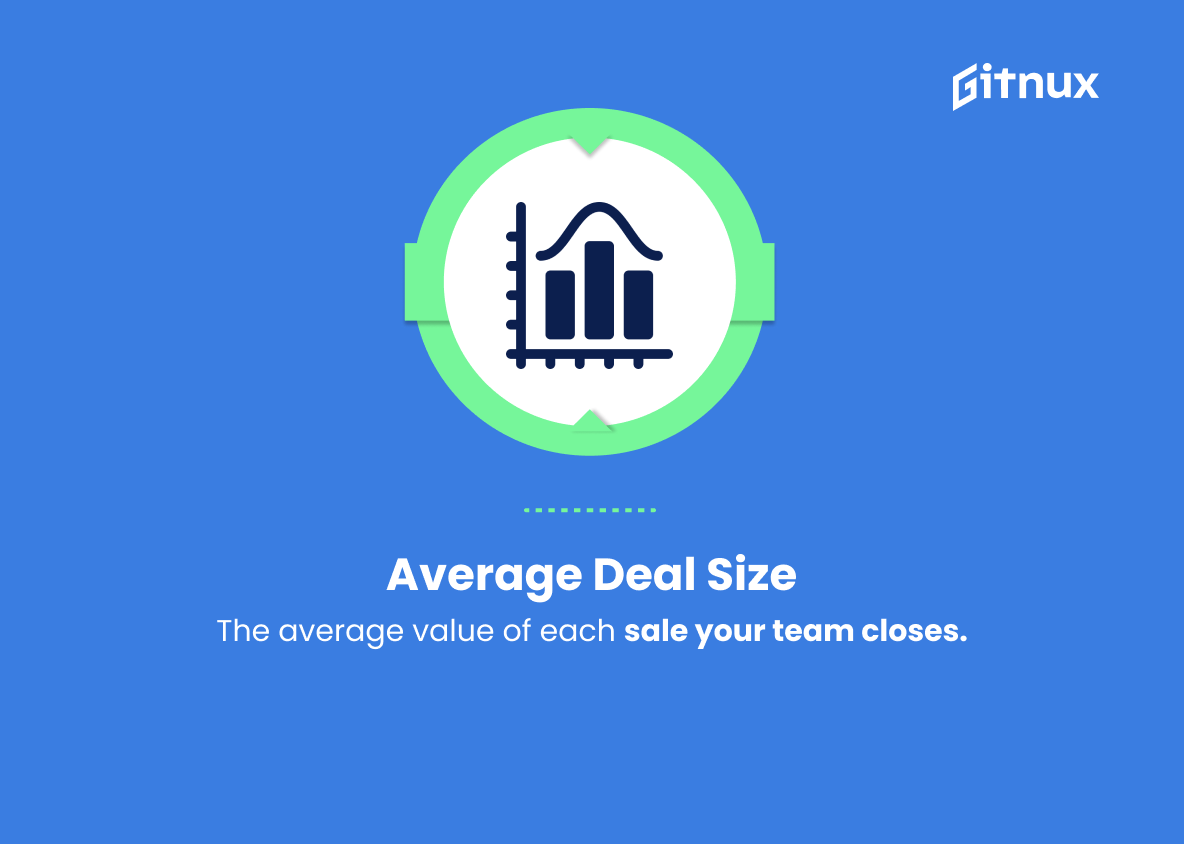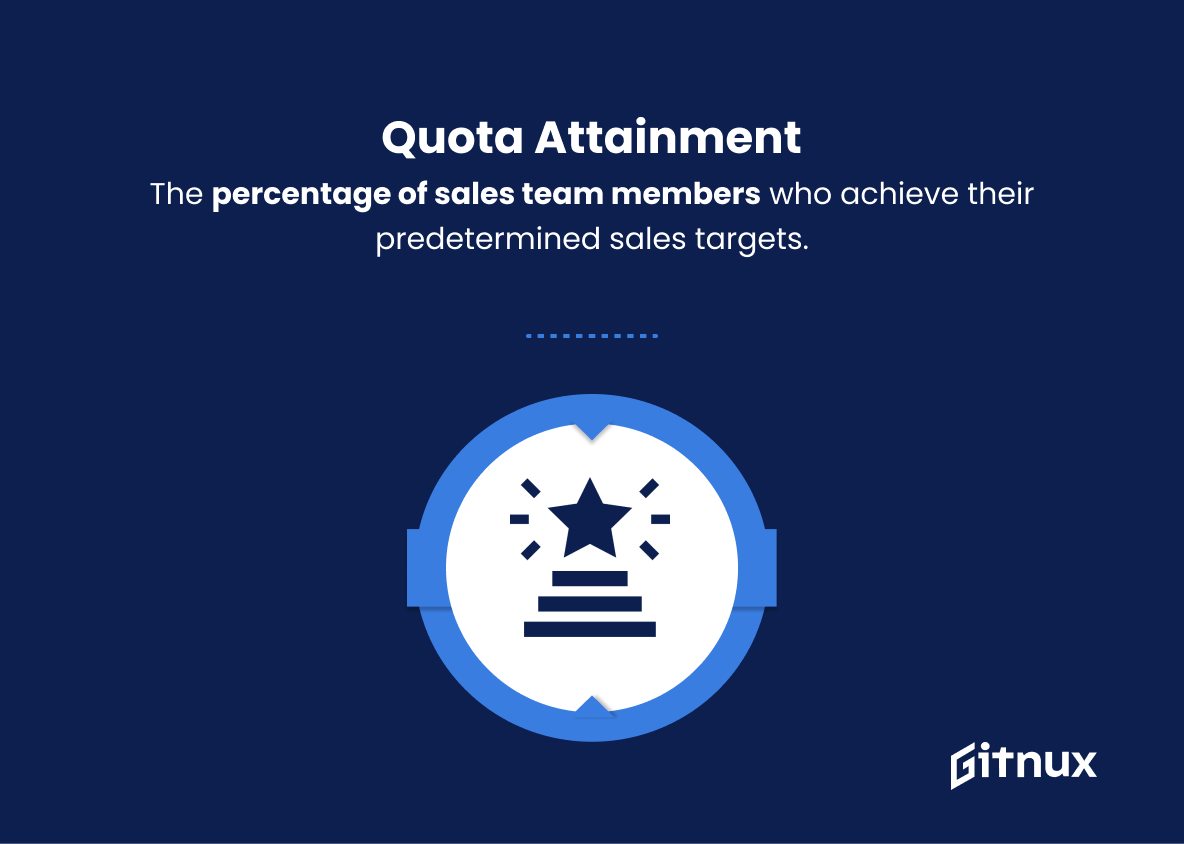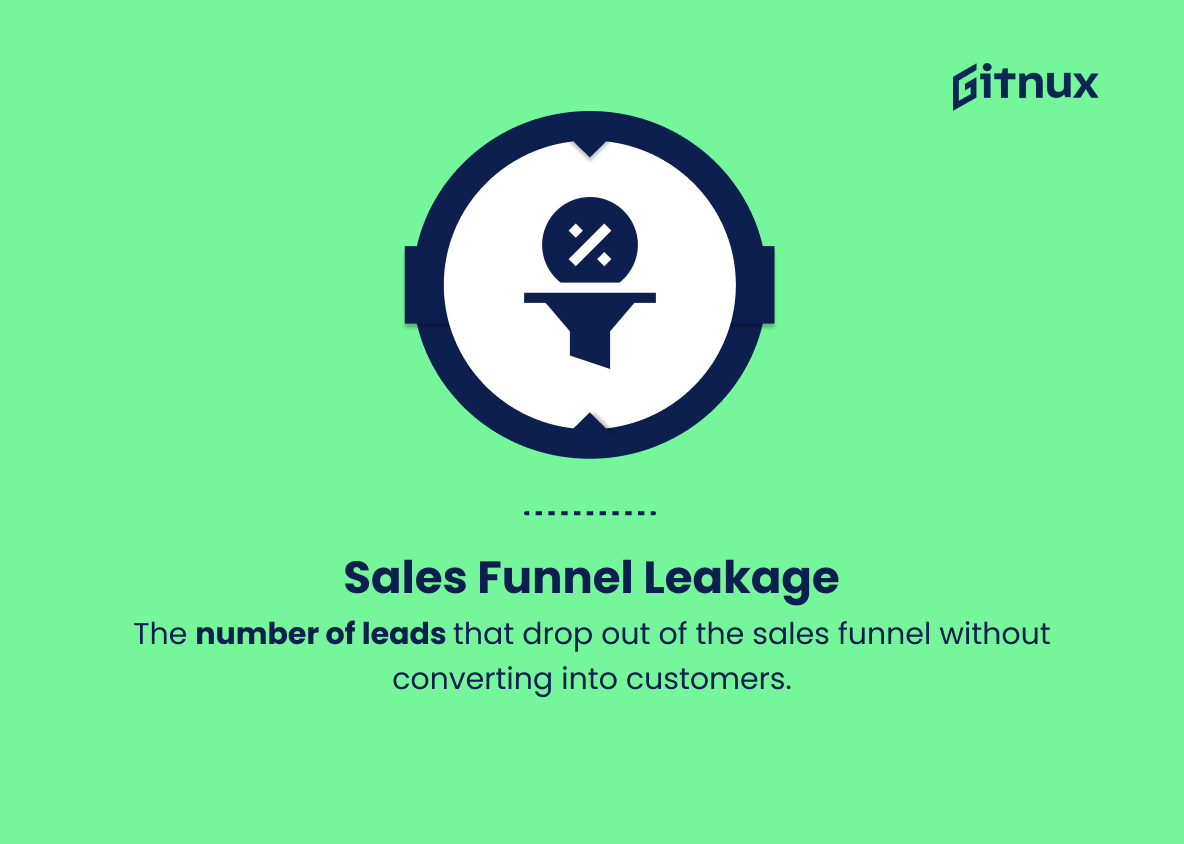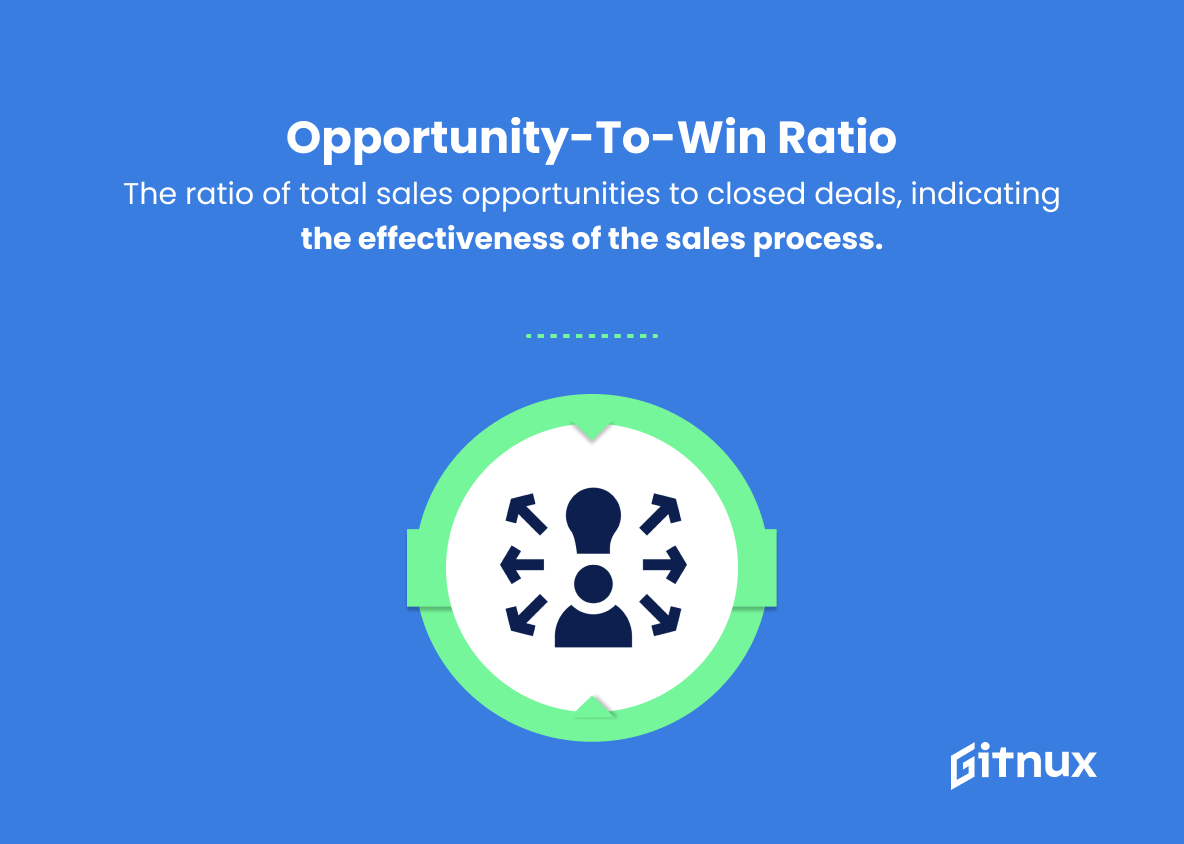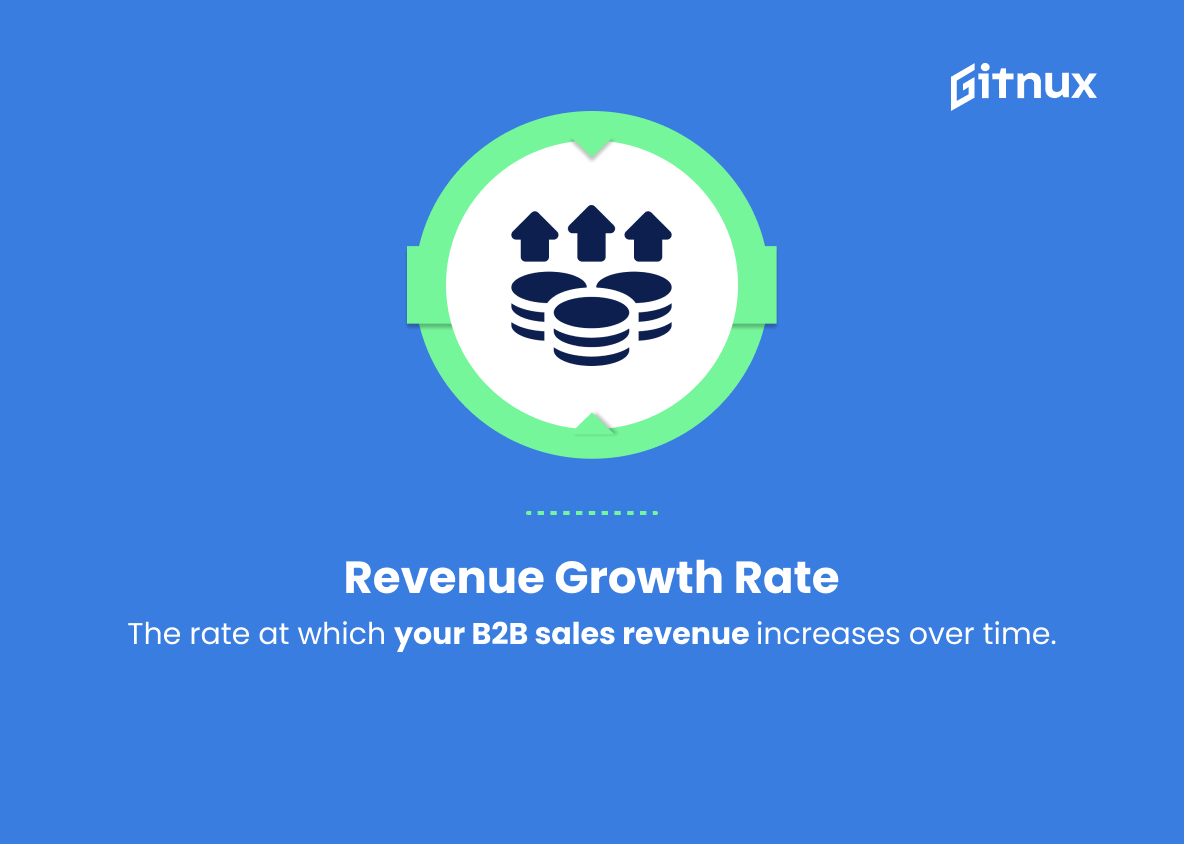In today’s highly competitive business environment, the ability to track, analyze, and optimize key performance indicators (KPIs) is crucial for success in the world of B2B sales. To effectively drive growth and achieve desired outcomes, it’s essential for sales leaders to gain insight into the core metrics that truly matter.
This blog post will delve into the world of B2B Sales KPIs, exploring the significance of these indicators, the most important ones to monitor, and how to utilize them to propel your sales team towards unprecedented success. By understanding and focusing on these crucial KPIs, businesses can develop a powerful strategy to maximize both individual performance and organizational growth.
B2B Sales KPIs You Should Know
1. Lead generation
The number of potential customers (leads) your sales team has identified and entered into their sales pipeline.
2. Conversion rate
The percentage of leads that turn into actual customers.
3. Sales cycle length
The average amount of time it takes for a lead to become a customer.
4. Cost per lead
The average amount it costs to generate each lead through various marketing and sales efforts.
Cost per lead is the average amount it costs to generate each lead through various marketing and sales efforts.5. Revenue per lead
The average revenue generated per lead by calculating the average deal size and multiplying it with the conversion rate.
6. Win rate
The percentage of sales opportunities that result in a closed deal.
7. Customer lifetime value (CLTV)
The projected revenue a customer will generate over the length of their relationship with your business.
8. Customer retention rate
The percentage of customers who continue doing business with you over a given period of time.
9. Average deal size
The average value of each sale your team closes.
10. Quota attainment
The percentage of sales team members who achieve their predetermined sales targets.
11. Sales funnel leakage
The number of leads that drop out of the sales funnel without converting into customers.
12. Opportunity-to-win ratio
The ratio of total sales opportunities to closed deals, indicating the effectiveness of the sales process.
13. Churn rate
The percentage of customers who cancel or do not renew their contracts with your business.
14. Net Promoter Score (NPS)
A measure of customer satisfaction, calculated by asking customers how likely they are to recommend your business to others.
15. Revenue growth rate
The rate at which your B2B sales revenue increases over time.
16. Sales team productivity
The total revenue generated by the sales team divided by the number of team members.
17. First-contact-to-close time
The average time taken to close a deal after initiating contact with a lead.
18. Upsell/cross-sell rate
The percentage of existing customers who purchase additional products or services.
CAC is the average cost of acquiring a new customer, including sales and marketing expenses.19. Customer acquisition cost (CAC)
The average cost of acquiring a new customer, including sales and marketing expenses.
20. Market penetration rate
The percentage of potential customers your business has successfully reached and engaged.
B2B Sales KPIs Explained
Understanding and tracking various B2B sales KPIs is crucial for businesses to gauge the overall effectiveness and efficiency of their sales process, identify areas for improvement, and ensure sustainable growth. Key performance indicators such as lead generation, conversion rate, and sales cycle length enable sales teams to measure the progress and success of their efforts in acquiring and converting potential customers.
Monitoring cost per lead, revenue per lead, win rate, and customer lifetime value helps businesses to optimize their sales and marketing investments and maximize the returns. The customer retention rate, churn rate, and Net Promoter Score provide valuable insights into customer satisfaction and loyalty, thereby signifying the importance of building long-term relationships with clients.
Assessing the average deal size, quota attainment, and opportunity-to-win ratio offers insight into the sales team’s effectiveness in closing deals and achieving targets. Metrics like sales funnel leakage, sales team productivity, first-contact-to-close time, and upsell/cross-sell rate highlight areas where the sales process can be optimized for better performance. Lastly, understanding and managing customer acquisition cost, market penetration rate, and revenue growth rate helps businesses to strategize their growth plans and align them with their overall objectives effectively.
Conclusion
In conclusion, B2B Sales KPIs are crucial for understanding the overall performance and effectiveness of your business’s sales strategy. By consistently monitoring these key performance indicators, you can make informed decisions that drive growth, profitability, and long-term success.
It is important to choose the right KPIs for your specific business context and continually refine your approach to ensure alignment with your company’s unique goals and objectives. By doing so, you’ll foster a culture of continuous improvement and data-driven decision-making that leads to increased sales and stronger B2B relationships.
